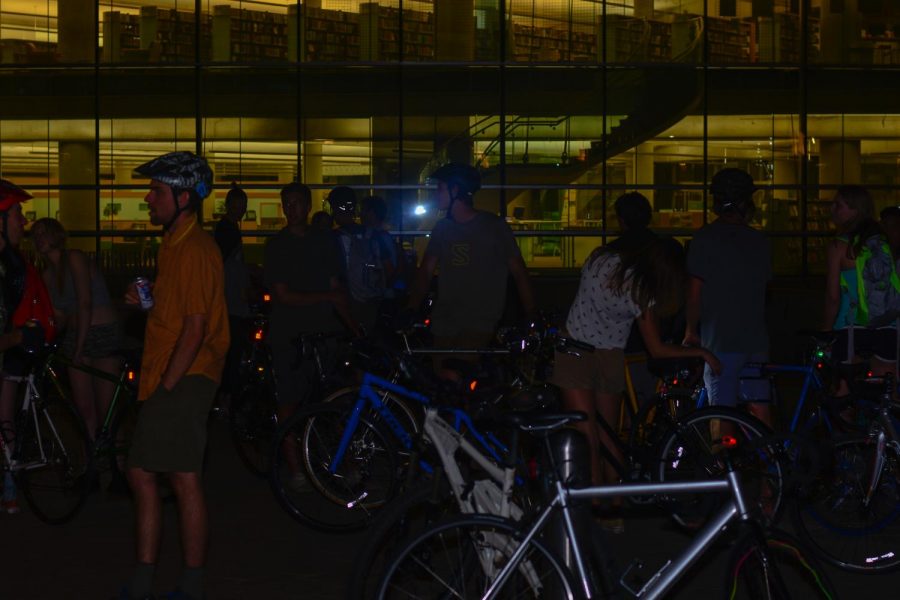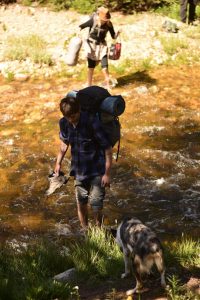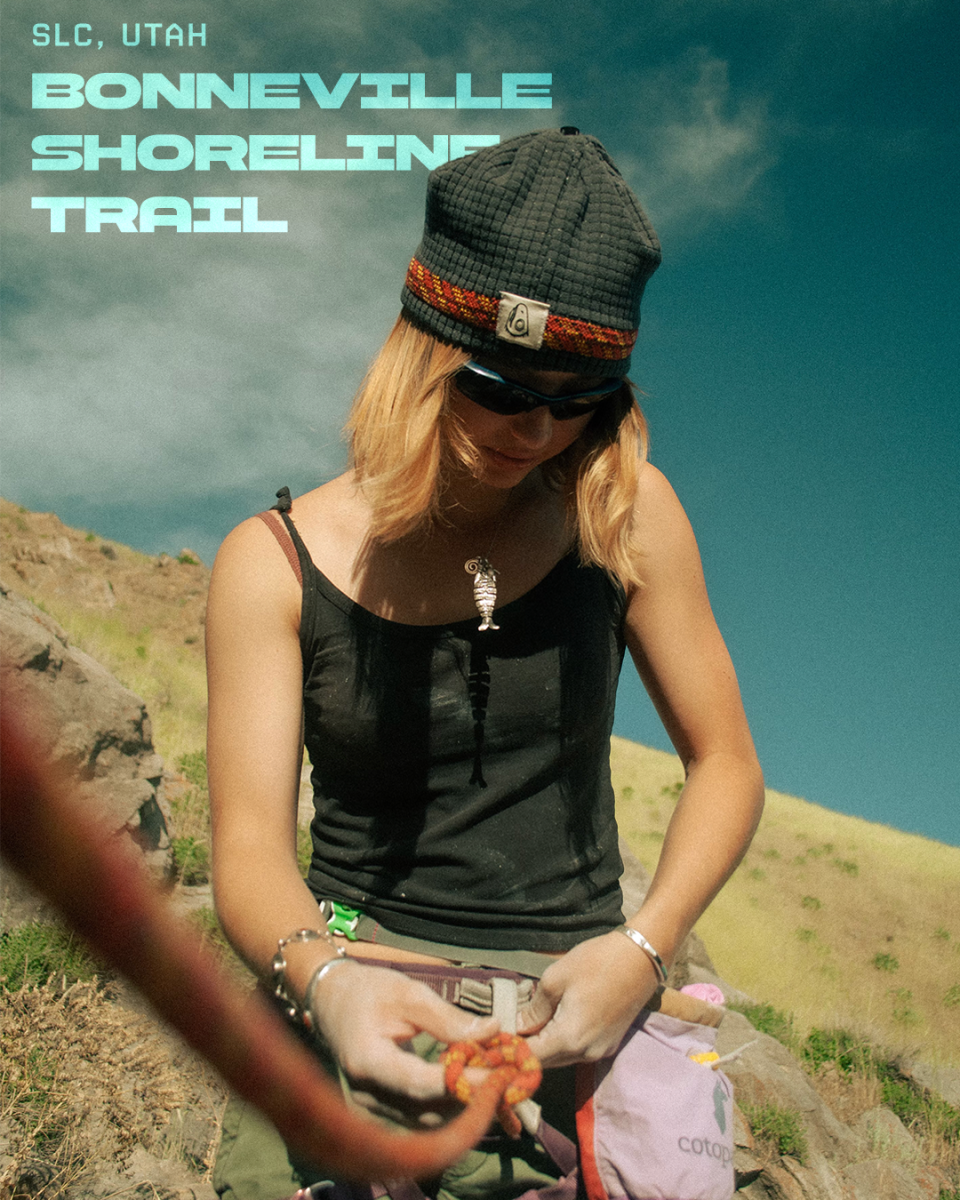An Evening in the City with Naresh
July 10, 2019
Few have lived in Salt Lake City long without seeing a parade of hundreds of bikers suddenly ride by and shout “Happy Thursday!” at you. That parade would be the “999” bike ride, an unofficial event that is perceived by city inhabitants as either a community staple or a nuisance. Beginning humbly among a few friends going for a ride around town, the “999” took on a life of its own. Now on summer nights, you’re likely to find a few hundred friends on every kind of bike conceivable.
Naresh Kumar is credited for getting the ball rolling back in 2011 with a little event he called “An evening in the city with Naresh.” He described the event in an article by Utah Bicycle Lawyers, saying that “the basic idea of the ride [was] for anybody of any riding level and with any kind of bicycle to come out, ride with others, get to know people, and just have a nice night.”
The 999 describes itself on their Facebook page as “a leaderless ride (no one person is in-charge overall for the ride or plans the route). There are generally regulars on the ride that set the pace and help plan out the upcoming stop or next several stops on a given evening. Everyone is responsible for themselves, responsible for their own personal safety and for abiding by the law.”
The ride, which started with a dozen people, now boasts up to six hundred. As with any community, as it grows, so too does its strengths and risks. Some of those risks were exposed this past year, with the ride’s first recorded fatality. Occurring on July 19th, 2018, the ride came to a railroad intersection and some riders crossed, despite warning lights and other stopped bikes. Those who crossed included 22-year-old Cameron Hooyer, who was killed. Though controversy has arisen over some of UTA’s claims, it appears the ride can present its own danger.
Clearly, there are breaches of trust on the roads between bikers and cars, which some bikers have stated feels one-sided, as bikes only have two wheels and no air-bags. Cycling does require constant vigilance because of cyclists’ fragile place on the road, and cyclists have to bear the responsibility of maintaining their own safety. The ride’s Facebook page further states its rules as the following: “There are no formal rules, only a couple guidelines. We’re not much for rules or authority. Don’t be a dick. Leave no trace. Be responsible for yourself. Helmets, lights, and situational awareness are important.” Such guidelines are key to any bikers. Like in life though, no one is really enforcing the rules along the way.
Could something like the “Nine” function any other way though? It’s historically been leaderless, besides a fluctuating core that helps maintain a semblance of cohesiveness. But it’s only really within this organized chaos that it is special for people. This has the unfortunate consequence of a limited safety net.
Salt Lake is among the better cities for cyclists, and the city has done a lot to garner such a reputation. The League of American Bicyclists gave Salt Lake City a silver rating in 2015, but this is known to vary widely over areas of the city and even time of day. Some roads are wide enough to have historically accommodated a six-horse carriage, but as those in cars or bikes know, roads can still feel cramped and clogged.
There are some who feel that the Nine gives a momentary sense of priority to a disenfranchised set of commuters. When a car has to wait behind a line of bikes, instead of vice-versa, there’s a feeling of empowerment given to cyclists. The Nine’s size may exacerbate its issues, but to some, size adds a measure of security not often found on bikes compared to the relative safety of a car. One is simply more likely to be noticed by drivers with a few hundred friends in tow. However, this can lead to friction with others on the road, and there are those that would do anything to avoid adding a few minutes to their commute.
Such was the case in 2015 when a truck crashed through the ride on a secluded backstreet after having been enveloped by the riders, leaving a few minor injuries and one very nice bike ruined. Now, with events of last year in the forefront of many rider’s minds, and the still increasing size of the Nine, concerns are not likely to dissipate soon. There is no central committee to ask, but those interested in changing the ride can always meet Thursday at 900 south, 900 east at 9 p.m. and try to take it another direction.











